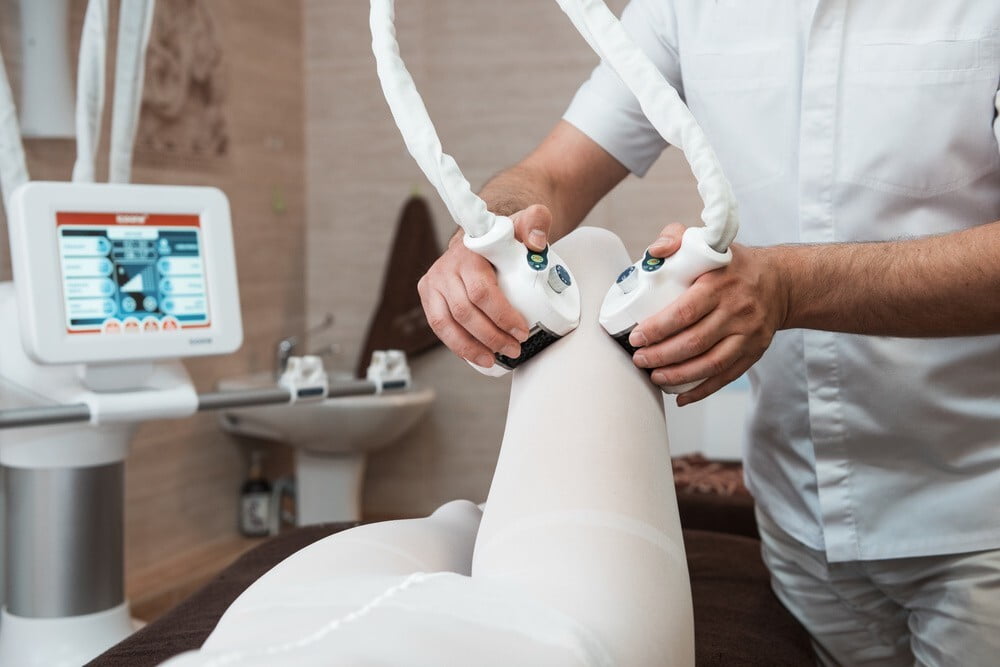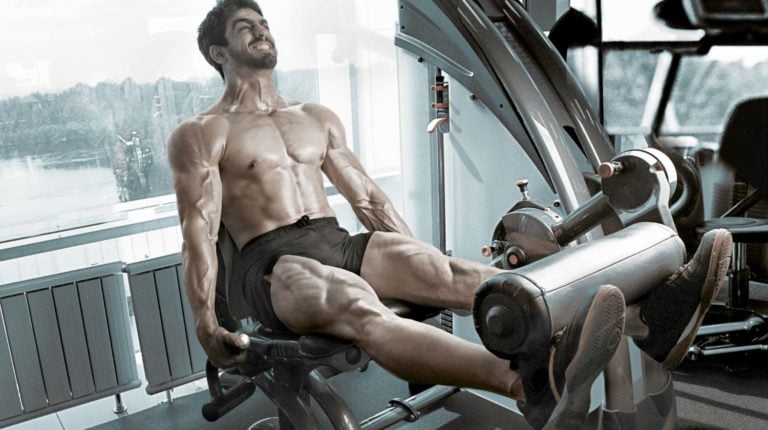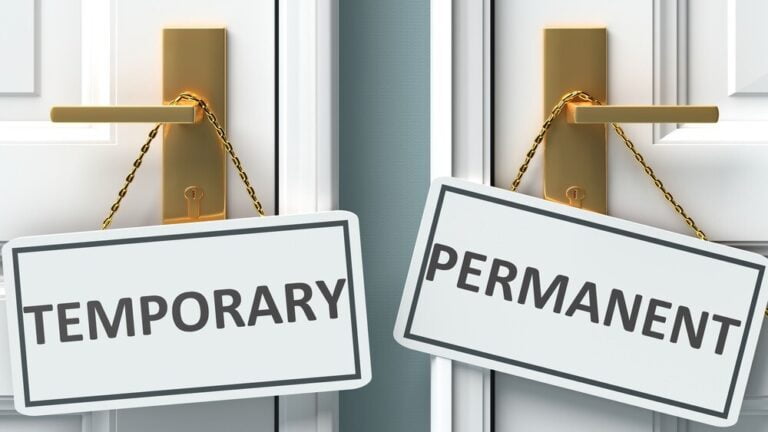Which Is Better Lipo Laser Or Ultrasonic Cavitation?
Many people are looking for the best way to get rid of their pesky fat.
Crunches, diets, and other exercise routines have become an integral part of many people’s lives as they work hard to get fit.
But with the invention of new technologies and medical practices, losing weight has become significantly less difficult than in the past.
Today, there are many ways to lose body fat. One of the most popular is to use an ultrasound cavitation machine. The device uses high-frequency sound waves and transmits them directly into the fat cells of the body.
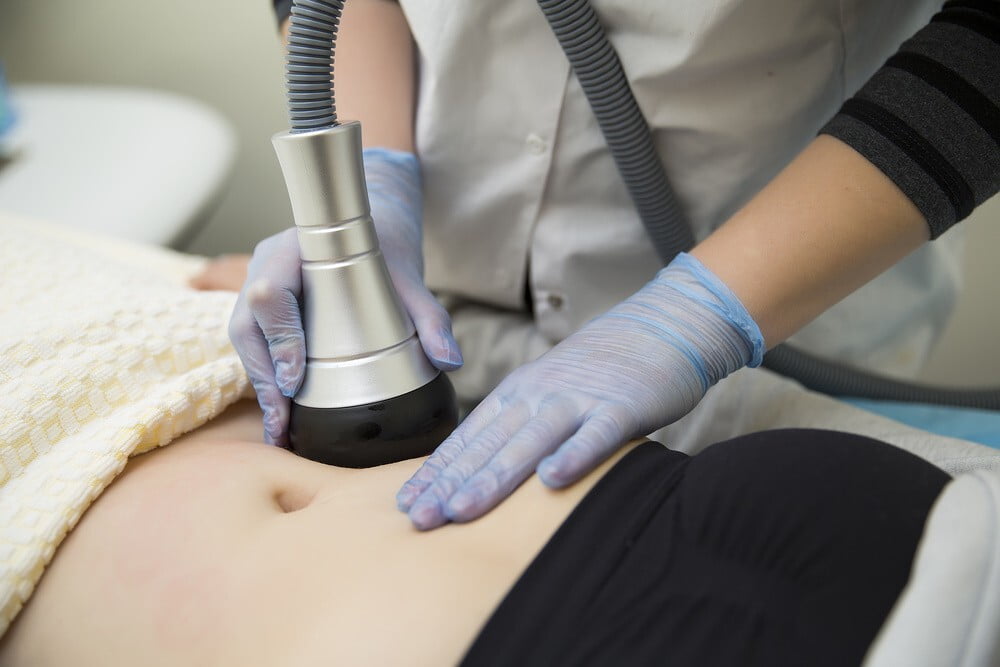
Anywhere from 4 to 6 treatments are needed for the best results. The machine is FDA approved, and the procedure itself isn’t painful.
The sound waves cause the cells to vibrate and push fat into the body's lymphatic system, where it is carried off into other areas of the body such as the liver or kidneys.
The second popular method of removing fat is through liposuction. This process removes fat from areas of the body that can be seen, including arms, legs, stomach, waistline, and buttocks. It’s a little less invasive than Ultrasound Cavitation, but it still requires some medical expertise, and there are risks to the procedure.
So which one should you choose? Well, each method has its pros and cons.
For the best results with both procedures, a doctor who is experienced with the machine or technique is required. A patient must understand that the procedure is non-reversible because fat takes time to break down if one wants to get rid of it.
To ensure the fastest recovery time, a patient must also follow a healthy diet and exercise regime. After all, healthy cells don't create new fat cells.
First up, let’s talk about what ultrasonic cavitation is…
What is Ultrasonic Cavitation?
Ultrasonic Cavitation is a scientific term that explains what happens during treatment with ultrasound. Ultrasound treatments for fat reduction are administered by a paramedical aesthetician. This means the practitioner does not need to be a doctor.

Ultrasound treatments are administered by a trained aesthetician. This will help to correct any asymmetries and give the treatment area a more natural look.
While you may want to relax, unwind, close your eyes and maybe take a nap during your treatment, your therapist will be with you the entire time so you may want to stay awake.
Cavitation is the scientific process that occurs when sound waves vibrate fat cells.
The ultrasound handpiece emits a specific frequency of vibration (High Intensity Focussed Ultrasound) into the fat layer.
The ultrasound device sends out high-frequency waves that can penetrate the fat layer in order to destroy the build up inside the fat cells.
Typically, fat cells are only able to expand and contract slowly as we gain or lose weight. So when they’re put under a lot of pressure, they quickly break down and release hormones that in turn signal other cells to break down and release their own hormones.
This creates a domino effect that releases fat throughout the body- the liver, kidneys, muscles and skin. The released fat is then flushed out of the body by the lymphatic system.
Ultrasonic Cavitation is a non-invasive cosmetic treatment that helps improve the appearance of stubborn fat deposits on problem areas such as your abs, buttocks, thighs and upper arms by dissolving them with ultrasound cavitation technology.
The ultrasonic cavitation process is extremely safe, non-invasive and uses no lasers, needles or incisions.
Treatment takes anywhere from 45 minutes to one hour per area and can be spread across a number of sessions for best results.
Once you have finished your treatment, there is no downtime. In fact, many patients are able to resume normal everyday activities immediately following the session.
The results of ultrasound cavitation treatment are very natural looking as the fat cells that were broken down are reabsorbed into the body. The process of reabsorption is completely natural and will occur within a few days of treatment.
A five-seven day gap is usually recommended so that your body can flush out any toxins that may have been stored inside your fat cells.
Ideal Candidate for Ultrasound Cavitation:
This type of treatment can’t help someone who is obese. Instead, you should have a specific area or areas of the body where you’re hoping to reduce the appearance of fat.
What to Expect From Ultrasonic Cavitation Treatment
Ultrasound fat cavitation can be more effective than liposuction because it works on draining the fat cells , rather than destroying them.

Fat is almost always going to come back, but with fat cavitation, it won’t be deposited in the same place as before. To extend the length of your results, you’ll need to eat a good diet and perform regular exercise.
Pros & Cons
Pros:
- Requires little to no downtime.
- Results last for a long time with a healthy lifestyle
- Leaves no scars.
- No anesthesia is needed
- Causes minimum side effects.
Cons:
- Results are not permanent.
- Not effective in obese individuals.
- It may cause redness, or bruising.
- Sometimes many people complain of having headaches for sometime after the treatment.
What Is Laser Lipolysis?
Laser Lipo is a non-invasive and painless treatment for body contouring. A laser is directed on to the region of the body being treated, where heat and light are used to target fat cells. This causes them to release their contents, which helps them shrink and disappear.
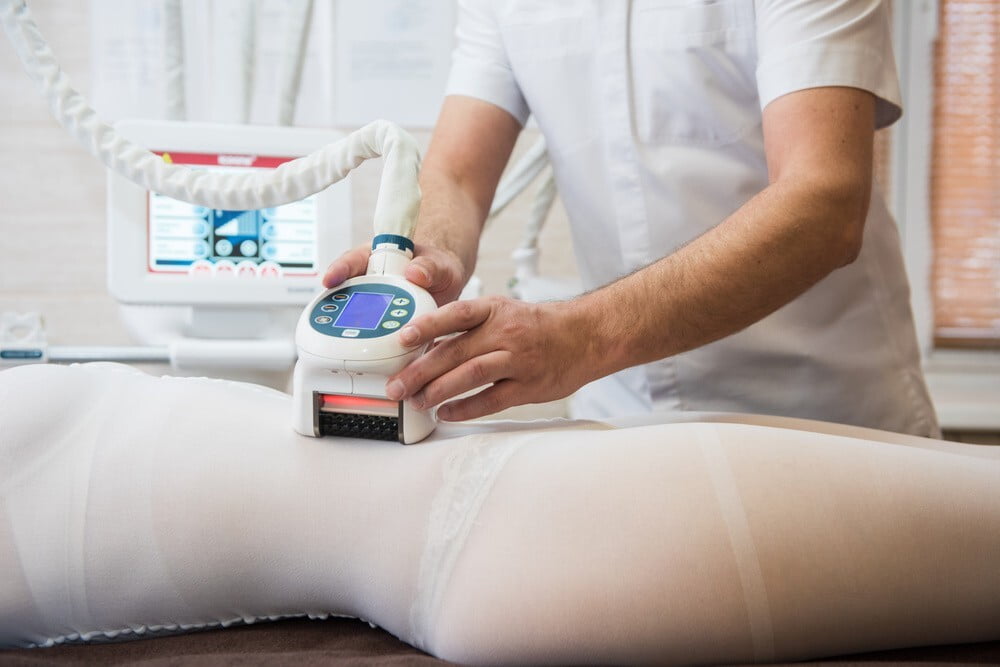
By keeping these cells intact, they can still expand or contract with weight gain or loss. The procedure requires a series of sessions spaced out 48 hours apart in order to be effective; this semi-permanent treatment is usually repeated every few months in order for results not to wane.
Laser liposuction is more expensive because it’s new technology. The treatments themselves are what is known as “handsfree” – meaning that as a client, You are set up by the beauty therapist and then left to relax with a device on your body. Many clients say they are able to sleep during their sessions, and do not feel any pain.
Ideal Candidate Laser Lipolysis
Laser-assisted liposuction can give you beautiful results if you are at or near your ideal weight. It’s beneficial if you’ve been unsuccessful in losing weight from your thighs, stomach, buttocks or other areas.
Further, use this treatment if dramatic results are what you desire.
What To Expect From Laser Lipolysis
Laser lipolysis is a type of liposuction that is FDA-approved to remove fat from the stomach, love handles, back fat, and the double chin.
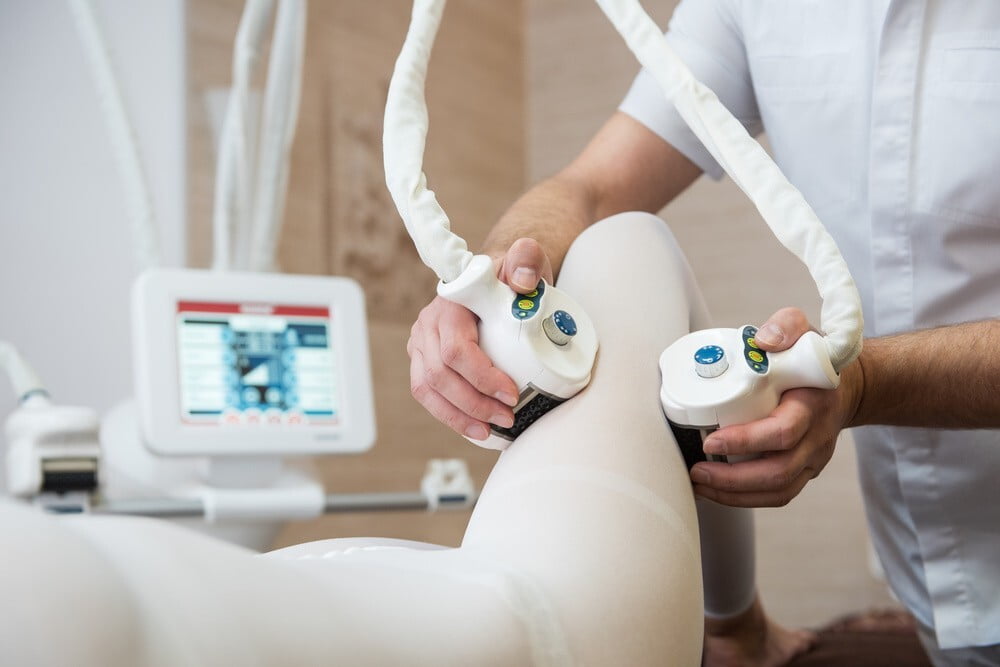
Mostly, these treatments take about 40 minutes to finish. No pain, no side effects, and no downtime. This is the perfect procedure for someone looking to lose inches quickly.
Pros & Cons
Pros:
- Laser Lipolysis has skin tightening effects
- No visible scarring on the area of treatment
- No downtime as patient can resume to normal activities shortly
- One session achieves noticeable results
- Small cannula insertions equals to less invasion on the body
- FDA approved procedure which works on safety and precision
- Less invasive than surgical liposuction
Cons:
- Un-administered wavelength of laser can cause burns on skin
- Not so effective in reducing cellulite from arms, legs or buttocks
- Anaesthesia may be required depending upon your pain threshold
- May be inadequate for treating large areas such as face or other body parts
- You may gain fat if you gain weight but not in the treated area
- Lumpiness or uneven skin texture can be caused if not treated at a recognized clinic
Which Is Better Lipo Laser Or Ultrasonic Cavitation?
There is no definite answer for this one, as it all comes down to personal preference and the goals that you are trying to achieve.
Some people use laser lipolysis to remove unwanted fat cells from certain areas of the body while other people might go with ultrasonic cavitation during a treatment. Whichever type of treatment you choose, both have their pros and cons.
Laser Lipolysis and Ultrasound Cavitation both have different results depending on what you want to accomplish. Cost is one of the factors to consider. So is eligibility, treatment frequency, and the quantity of fat removal.
